Martha Coston
Martha Coston (right), lived a very interesting life. While she did not have extensive, direct involvement in the Civil War, she did have an impact on the war, even if it was fairly indirect...
Her claim to fame, that gains her inclusion in the ranks of Civil War women, is her invention of the Coston Night Signals. What makes her story so interesting, however, is her ability to overcome tragedy and persist through failure. These qualities make her a true model for success...
Our heroine was born in 1826 in Baltimore, Maryland, but she and her siblings were moved to Philadelphia by their widowed mother in the 1830s. There her life would take on an unexpected trajectory...
At fourteen, she was in a park with some of her friends, when she happened to meet, and fall in love with, a young man named Benjamin Coston. By the time they met, Mr. Coston was already, though only nineteen, developing a reputation as a skilled inventor...
At first, the two youngsters agreed to wait to be married until Martha had finished school and turned eighteen, but Mr. Coston's reputation changed those plans. By the time he was twenty-one, the U.S. Secretary of the Navy had heard of Mr. Coston's skill, and had met with him, and offered him a position in the Navy.
Fearing they would be separated, the young couple decided the best option was to elope. Once they had made the decision, they moved quickly to execute their plan:
"We proceeded at once to the house of a minister, unworthy of the gospel he preached, and willing for the sake of an extra fee to ask no embarrassing questions and agree to make no revelations. ...and in a few moments it was over, and I, a sixteen-year-old girl, a wife."
The newlyweds then moved to Washington D.C., where Mr. Coston worked in the Navy Yard overseeing a "pyrotechnic laboratory." In his work there, Mr. Coston successfully developed a number of very useful inventions for the Navy, but things were not all rosy...
Several times, he was promised promotion and better pay, but these things never actually happened. Also, he never received any compensation for the patents that he secured. Rather, they were taken by superiors with more promises that were never fulfilled.
At the same time, he was quickly losing health from the chemicals that he inhaled while working in the laboratory. He finally resigned from the Navy in disgust and began working with a Boston Gas Company.
There he continued to produce valuable inventions, but he also continued to work with dangerous chemicals. It was not long before he succumbed to the dangers of his work and died at just twenty-six.
Worse still, Martha Coston was left a widow with four sons at just twenty-one-years-old.
From Tragedy to Invention
She had not yet seen the full extent of her tragedy, however. Soon after her husband had died, Martha Coston and her sons moved back to Philadelphia to live with her mother; and soon thereafter, her youngest son became ill and passed away as well. It was not long after this, that her mother's health began to deteriorate, and despite Martha's great care, she too passed on.
Added to all this sadness, the money her husband had left behind was gone. She said, "...through my own ignorance and the duplicity of others, ...I found myself ...penniless."
At this point, she could have complained that life was not fair. She could have given up hope. She could have said that there was nothing she could do and simply relied on others to take care of her and her family...
...but Martha Coston did none of these.
Instead, she decided to find some way to provide for herself. She started looking through her late husband's papers in the hope that there might be some invention he had not yet gotten a patent for. If she could find such an invention, she would be be able to sell it and at least gain some respite from the situation she found herself in.
Unfortunately, she found no such invention. All she found were unfinished plans and ideas that Mr. Coston had not had the chance to complete. Sorting through these, she found something that seemed promising:
"At last I came upon a large envelope containing papers and a skillfully drawn plan of signals to be used at sea, at night for the same purpose of communication that flags are used by day. This chart was colored and showed that to each signal was attached a number and letter..."
After gaining assurances from the Secretary of the Navy that such an invention would be very valuable, she set out to perfect the plans and produce a finished product. Her largest problem was that her husband had left behind no recipes concerning how to mix the chemical compounds to create the bright burning signals needed.
Through her husband's old friends in the Navy, Martha Coston was able to have her efforts tested to see if the flares she created could work. The first flares she sent to be tested were entirely too weak and an utter failure. At about the same time, her second son became ill and passed away. She still refused to give up.
Various friends gave her and her two sons a place to live while she continued to work on the flares for her night signals. She spent years working with various chemists, perfecting the flares, and securing a manufacturer for her signaling system.
She had the Navy test what she had come up with on a number of different occasions, but despite improvement, the signals were still not suitable. Finally, she was sure she had perfected the signal flares and she asked the Secretary of the Navy to form a board of Navy officers to test and judge her invention.
The Secretary did so, and Martha Coston was invited to be present when the board tested the signals. This is how she described the test:
"...clear, brilliant, and beautiful, burned against the dark sky the first Coston Night Signal. The exclamation of joy from those with me, and of pleasure from the officers on deck, assured me that I was not dreaming. Success at last! My heart was too full of emotion for me to speak."
The board requested more flares, so that they could be tested under various conditions, and a full report could be filed with the Secretary.
A short time later, she was called to a formal meeting of the board, which was convened to issue their report and findings. Prior to the meeting, each officer on the board secretly informed her that the findings were very favorable. Each also begged that she would not let anyone know that they had let her in on the secret. This led to an entertaining meeting:
"Later in the day I met the board formally, but not without a sense of the ludicrous, for each officer flattered himself on the innocent pleasure he had given me, and each feared I might inadvertently betray him, and was correspondingly pleased with the air of uncertainty I felt obliged to assume."
After the board had made its favorable report, and she had secured her patent (a page from the patent is pictured above, click on it to view a larger image), the Secretary of the Navy, Issac Toucey, met with Martha Coston and congratulated her on her success:
"Mrs. Coston, I knew I had not overrated you. Now, what is the next step, and what can I do for you? But first, what are these signals worth? "
Once a price had been agreed to and orders placed, she and her manufacturer set about supplying the U.S. Navy with the new Coston Night Signals.
Outbreak of War and World Travel
The first orders from the U.S. Navy were filled in 1859, but Martha Coston was not going to stop there. She immediately secured patents in a number of European countries including England, Austria, France, Holland, Sweden, and Italy, to name a few.
While waiting for the U.S. Congress to agree to purchase her patent, she set sail for England to introduce her invention to the Royal Navy and attempt to interest them in adopting the Coston Night Signals. During this trip, she also began working on getting the French Navy to adopt he signal system as well.
As the Civil War became inevitable, Martha Coston rushed back to Washington D.C. to try to push Congress to purchase her patent. Congress finally authorized the purchase of the patent for $20,000.
About this time, the Navy was ordered to blockade all Confederate ports, and the Navy began placing large orders for the Coston Night Signals. There was a problem, however, her manufacturer had decided to close his factory, raise a regiment of volunteers, and lead them off to join the Army...
She immediately informed the Secretary of the Navy, and they began to work desperately to get the manufacturer back and his factory up and running. First, they had to go to the commander of the Armies, General Winfield Scott, and get him to issue an order that the manufacturer be released and sent back to his factory.
After this, she was forced to wait until he returned to his home in New Jersey before she could tell him what the Navy needed. By the time he arrived, they had orders to supply over 600 ships with Coston Night Signals, and the factory was kept busy throughout the war.
With everything squared away in the U.S., Martha Coston headed back to Europe to work on getting the various governments there to purchase her patent as well.
During this time, she and her two sons had many interesting experiences and got to meet many powerful people. She spent time in or around the courts of the Royalty of England, France, and Sweden.
However, my favorite story form her time in Europe involves British Admiral Charles Freemantle. She had met with the Admiral on his ship so that she could introduce him to the use of the Coston Night Signals. He was supposed to test the signal system and report on its usefulness to the Royal Admiralty.
After meeting with the Admiral and his officers, the Admiral accompanied Martha Coston and her son ashore and escorted them back to their hotel. What transpired during their walk to the hotel is pretty funny:
"The natives of the town had congregated on the streets to see the admiral pass and from their audible remarks I judged they pronounced me to be none other than 'the queen of America,' which greatly amused my little son, who for some time afterwards insisted on designating himself as the crown prince."
Despite not having much direct involvement in the Civil War, Martha Coston persevered through personal tragedy to provide for herself and her sons. Not to mention that her invention contributed significantly to the ability of the Union Navy to maintain communication while blockading Confederate ports at night and during storms.
So, overall, I think Martha Coston's story is one that should be told when remembering the stories of the many heroic Civil War women.
American Civil War Story - Home
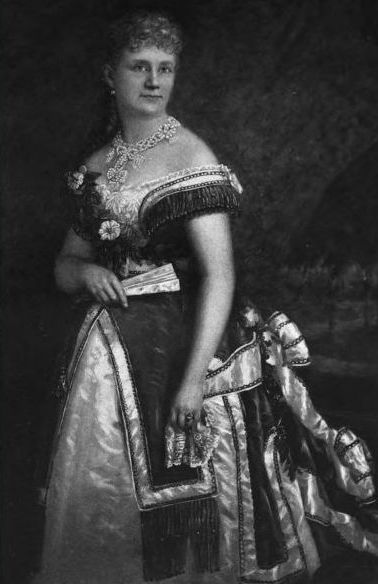

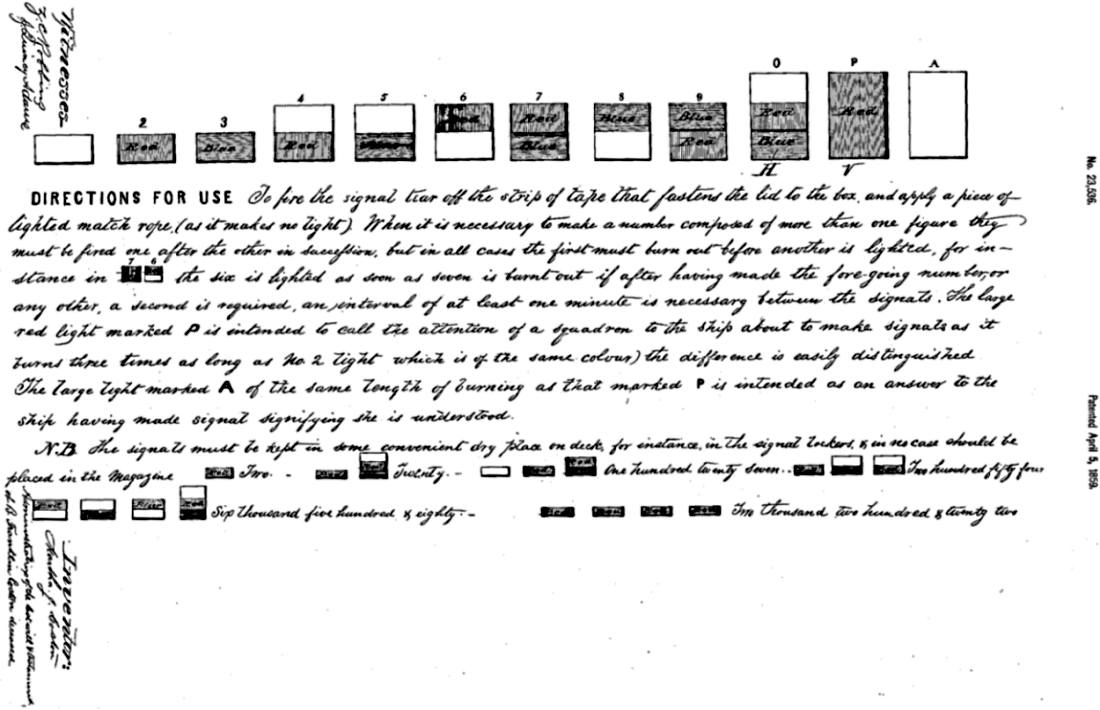
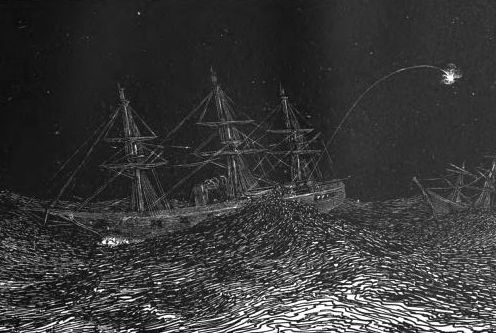
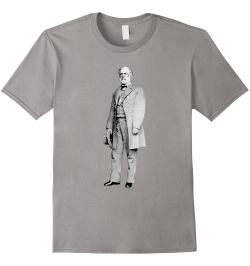
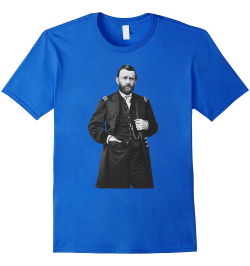

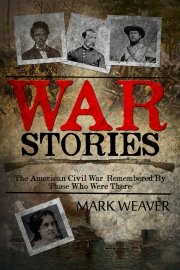
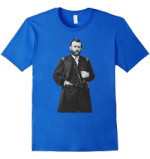
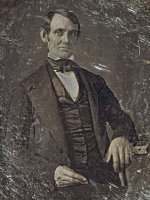
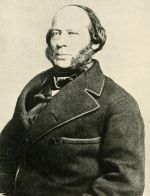
New! Comments
Have your say about what you just read! Leave me a comment in the box below.